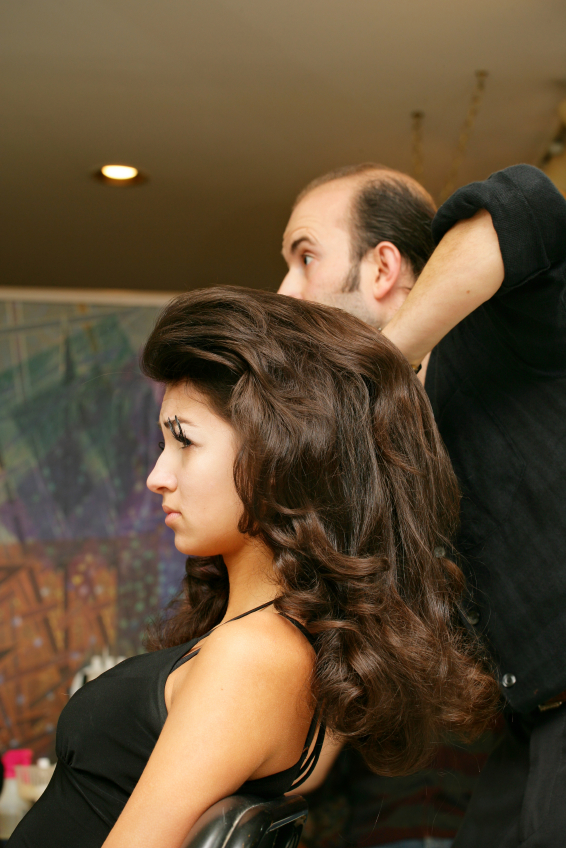Your Stylist Can Save Your Life
- Published: Monday, November 14th 2011
- in Beauty

It’s not often a routine visit for a cut or color can lead to a doctor’s visit that could potentially save your life, but it’s not out of the realm of possibility. Our hairstylists are in a position to check the areas that often go unseen: our scalp and neck. Because these areas are so often overlooked there are chances for cancer to go undetected until its later stages. Melanoma is the least common, but the most deadly skin cancer, accounting for only about four percent of all cases — but 79 percent of skin cancer deaths. Melanoma of the scalp and neck represents six percent of all skin cancer cases; in the United States from 1973 to 2003 it accounted for 10 percent of all melanoma deaths, according to the Melanoma Center.
In a survey of 203 hair professionals from a chain of 17 salons in the Houston, Texas, area, 37.1 percent reported looking at at least half of their clients’ scalps for signs of suspicious lesions in the month prior. The findings were published in October’s issue of the Archives of Dermatology.
“Almost every dermatologist I’ve talked to anecdotally has said to me, ‘Yes, I’ve had a melanoma case referred to me by a hair professional,’” Alan Geller, a senior lecturer at Harvard and study co-author, told NPR. Given the fact that a stylist’s main job is to spend time examining our heads it would be natural that they do double-duty as skincare educators. Fifty-eight percent of the respondents told researchers from Harvard’s School of Public Health that they had encouraged a client at least once to get a mole examined by a doctor.
Of the professionals surveyed, 28 percent reported they had already received formal skincare education, and 49 percent were very or extremely interested in getting first-time or additional skin cancer education. After seeing this statistic, Harvard’s School of Public Health teamed up with the Melanoma Foundation of New England to form The Skinny on Skin, a training program that will educate hair professionals on how to spot potentially cancerous skin on their clients. Salons can log in to the site and sign up for their employees to receive the training.
Even if your stylist hasn’t been trained, there is no harm in asking them to take a look while they are already combing through your hair during your visit. It could just save your life!


